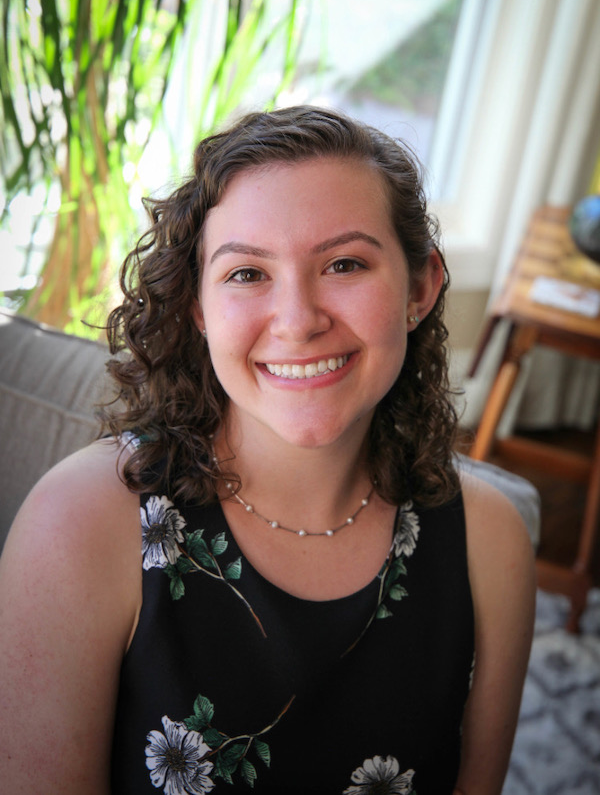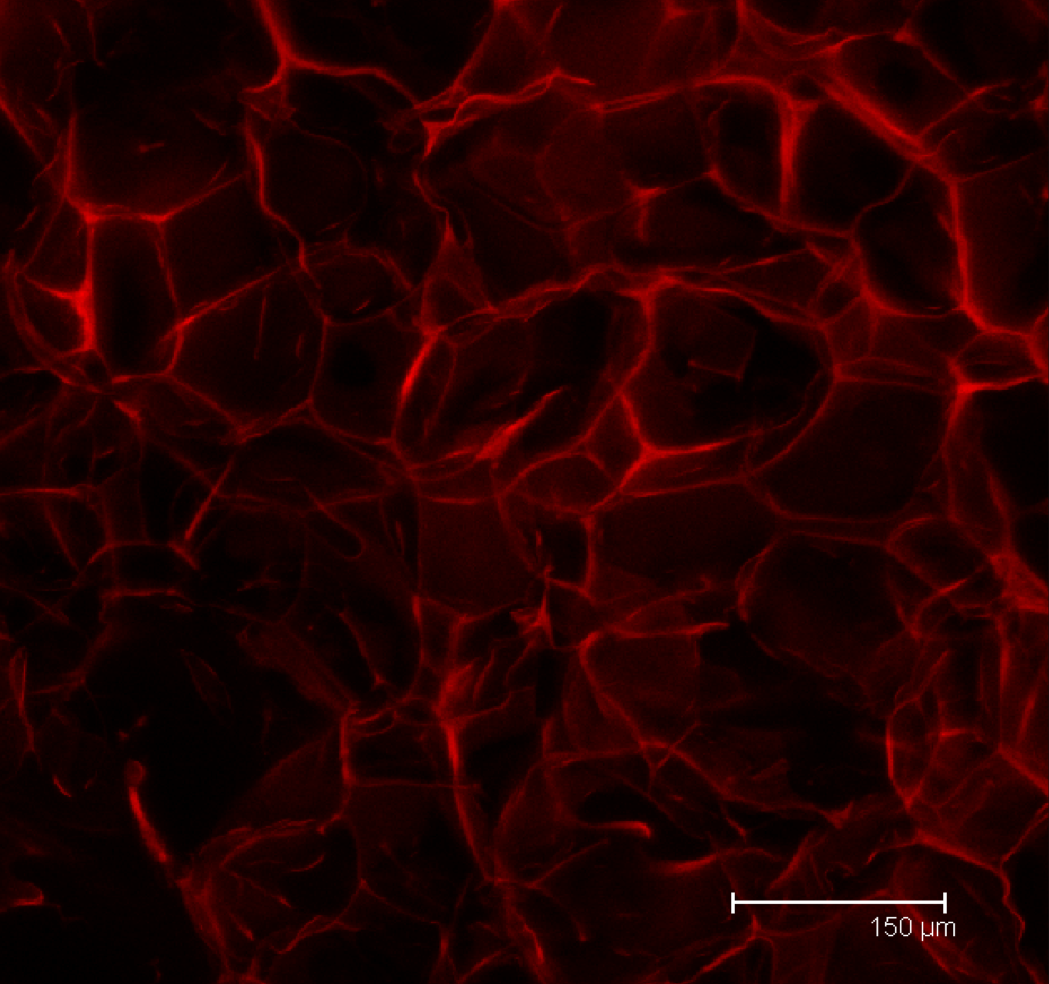As smooth as silk scaffolding
Tahlia Altgold and Rosalyn Abbott are working on the development of a new method of 3D printing silk proteins to create personalized new tissues for patients needing regenerative medicine.

Source: Carnegie Mellon University
SURF recipient Tahlia Altgold participated in biomedical engineering research over the summer and starts her junior year with a journal publication credit. She is pictured here in her private residence.
Carnegie Mellon University undergraduate Tahlia Altgold makes biomedical research using silk run more smoothly.
“Silk is a really incredible biomedical material that’s been used for a long time in things like sutures,” said Altgold, a junior majoring in materials science and engineering and biomedical engineering.
Rosalyn Abbott, an assistant professor of biomedical engineering, focuses on using silk in tissue engineering. In order for cells to grow, they need a support structure. Silk can provide this scaffold.
But first the raw material has to be processed. That’s where Altgold comes in. She dices discarded silkworm cocoons to boil in a sodium bicarbonate solution and separates out certain proteins for use.
“Tahlia’s very thorough,” Abbott said, noting how important silkworms are to multiple projects in her research lab. But it’s what happens to the boiled silk solution next that really makes Abbott smile. Altgold is aiding the development of a new method of 3D printing silk proteins to create personalized new tissues for patients needing regenerative medicine.
“Silk is very biocompatible,” she said. Producing silk scaffolds in a lab is nothing new, but finding a way to 3D print the material without blending it with potentially problematic materials will be a breakthrough for regenerative medicine.

Source: Carnegie Mellon University
A magnified image of the silk scaffold after boiling and processing the silkworm coccoons.
Silk is hard to work with at the cellular level, Abbot said. Researchers need to coerce the proteins to hold the shape they need to print, say, a new ear drum.
“We’re trying to find the exact right pretreatment method for pushing the solution through the nozzle in the 3D printer so it will hold its shape after printing,” Altgold said. Printing material as a 3D gel is a technique developed by the Feinberg group at CMU. “Combining this method with Abbott’s expertise in biomaterials has made the whole project feel in-house, totally CMU,” she said.
While the Abbott Lab was closed as part of CMU’s COVID precautions, Altgold worked remotely, honing her skills reading published literature and helping to prepare research articles for publication. The Abbott Lab is back up and running with modifications as part of CMU’s phased re-opening strategy.
“The work now is to prove our concept and refine the methodology we’re working on,” said Altgold, whose participation in the lab is funded by a Summer Undergraduate Research Fellowship (SURF) from CMU’s Undergraduate Research Office. She is mentored by Claude King III, a Ph.D. candidate in biomechanical engineering. “Dr. Abbott’s lab does exactly the kind of work I want to pursue. I’m so interested in tissue engineering and using different cells through a materials science lens.”
Abbott, likewise, said Altgold is exactly the kind of student she needs for her research.
“She’s so inquisitive. The work she’s doing is really difficult, and she’s helping us make exciting progress. I’m happy to be part of her journey,” Abbot said.
Story originally published at: cmu.edu.
